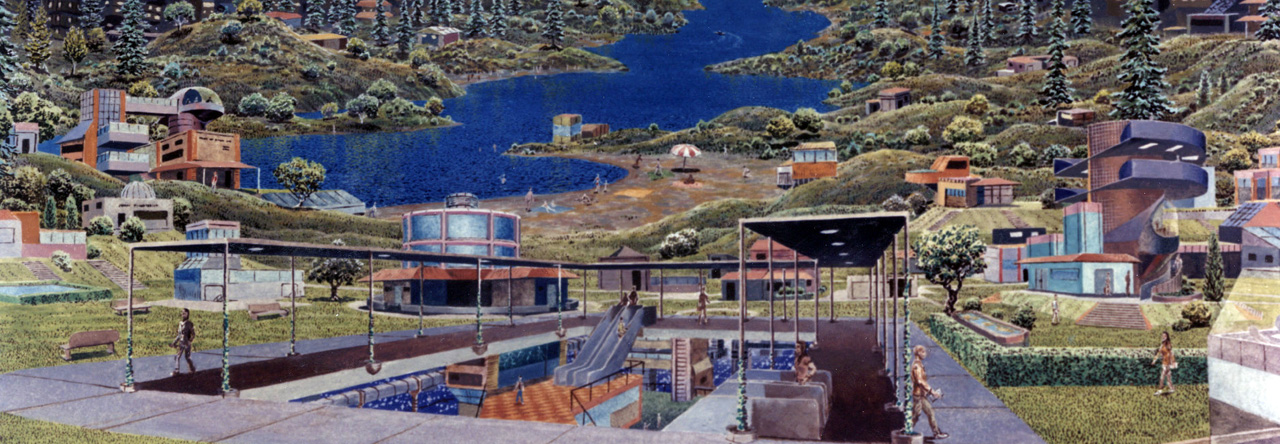Until recently, I didn’t take the health claims regarding artificial dyes in food very seriously. I don’t eat candy very often, but when I do, M&M’s are towards the top of the list. Eating unnaturally brightly-colored food is fun!
But over the last few months, my wife noticed a correlation between our daughter eating artificially-colored candy and having complete emotional meltdowns (tantrums, screaming and hitting, etc.). At first I was a little skeptical of this correlation; I suspected lack of sleep as a more obvious and likely factor (or the sugar in candy, as opposed to the artificial dyes). But it did prompt me to look into the research behind the claims.
After doing some reading, I’m now convinced that allowing your child to eat artificial dyes is about as responsible as serving them a gin & tonic. And then lighting their cigarette.
The History
Rachel Hennessey has a good article on Forbes.com that covers the history of artificial color in food. A few points from her article:
- the earliest food colorings, from natural sources, contained toxic amounts of mercury and arsenic
- in the early 1900’s synthetic colors were created from coal tar, to replace the natural toxic ones
- over the next century the vast majority of these synthetic colors were banned by the FDA because of health concerns, leaving only seven still legal for use in food
Of the remaining seven legal artificial food colorings, there is a great deal of research linking their use to behavioral problems, DNA damage, reproductive problems, psychotoxicity, immunosuppression, metabolic acidosis, and a host of other serious problems.
Here’s a summary of the research.
Here’s another research summary, in chronological format, focusing on behavior/ADHD.
Corporations that produce products that use artificial colors would like you to believe that this research is “controversial.” But it looks fairly straightforward to me. There is enough evidence pointing at artificial colors as a cause of behavioral problems and other health issues that I’m going to stop eating the stuff altogether. And I’m not going to allow my daughter to eat artificial colors on a regular basis. (I don’t have any illusions about controlling my kid’s diet 100%, but I am ready to start sharing my views with other parents, and requesting that treats at birthday parties, etc. be as dye-free as possible. I hate being a food cop but this is serious stuff, and parents are generally underinformed on the topic).
Lunchtime Observations
My daughter recently started attending our neighborhood public school. I live in a middle-class, diverse neighborhood, but most the middle-class parents around here send their kids to private school. The public school my daughter attends is comprised mostly of working-class and poorer families, many of whom may not have the time or inclination to review the clinical research on every ingredient that goes into their kids’ mouths. Quite a few of the kids have behavioral problems, including trouble paying attention and frequent emotional outbursts. I sometimes volunteer at lunchtime, and after seeing what some of these kids eat, I can’t help but wonder if some of the behavioral problems are related to the Kool-Aid, Lunchables, and other junk that passes as “food.” Check out the ingredients list from a Lunchable:
Do you really want to feed your kids chemicals that have been linked to such a wide array of health problems? It’s not just ADHD kids who are affected, it’s everyone.
Nanny State
Libertarians love to rail against the “nanny state.” But the way I see it, making it illegal for corporations to attempt to sell/feed poison to my kid is a reasonable restriction on corporate freedom.
Over the last 100% years, the FDA has disallowed use of 73 of the original 80 petroleum-based artificial colors. Do you really think the remaining seven are that much safer? Review the existing research before you answer.
I love the Skittles commercials. But I’m fine with looking at the rainbow. I don’t need to taste it.
What Can You Do?
Sign this petition on change.org to remove artificial dyes from M&M’s.
Experiment in your own household. If you remove all artificial color from everyone’s diet, do behavior and mood change for the better?
When you go shopping for Halloween candy (if you do that kind of thing), choose candy without artificial colors. Take a few seconds the read the ingredient list.
Talk to other parents (without attacking them). All parents love their kids, but they may have no idea that artificial colors are linked to behavioral and health problems. After all, these chemicals are FDA approved, right?
Share this post, help spread the word.



